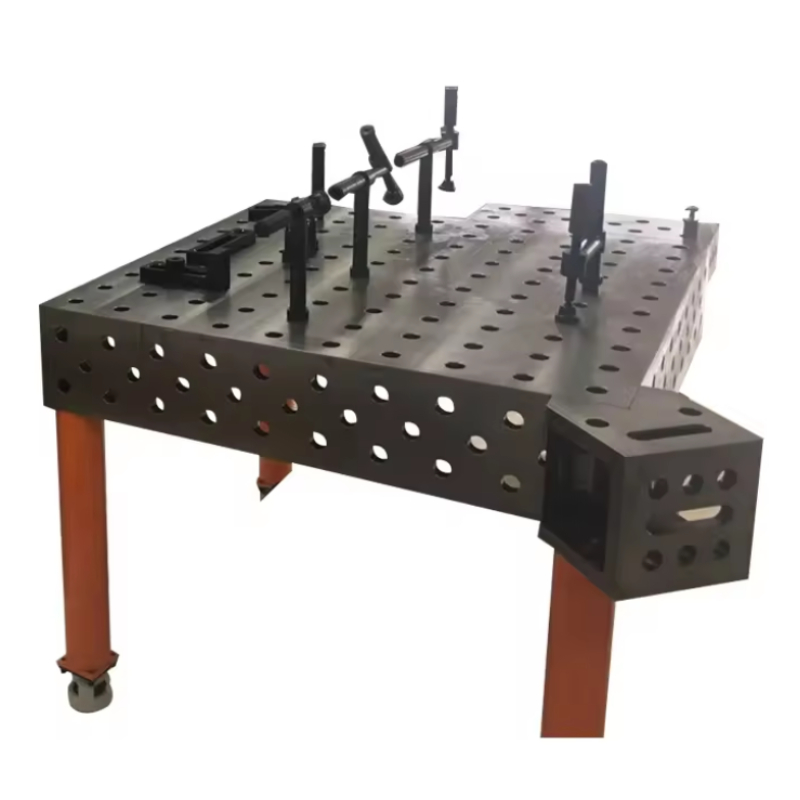oct. . 09, 2024 20:47 Back to list
replacing water cut off valves
Replacing Water Cut-Off Valves A Comprehensive Guide
Water cut-off valves are essential components in any plumbing system, serving a crucial role in regulating water flow and preventing potential leaks. Over time, these valves can wear out due to corrosion, mineral buildup, or general usage. Replacing a water cut-off valve may seem daunting if you are not familiar with plumbing repairs, but with a little guidance, you can tackle this task on your own. This article will provide a step-by-step guide on replacing water cut-off valves, along with tips to ensure a job well done.
Understanding Water Cut-Off Valves
Before diving into the replacement process, it's important to understand what water cut-off valves are and their function. These valves are typically installed in areas where water supply can be controlled, such as under sinks, behind toilets, or at the main water line. They can be ball valves, gate valves, or globe valves, each with its advantages and disadvantages. Knowing which type you are dealing with will help you when purchasing a replacement.
Tools and Materials Needed
To replace a water cut-off valve, you will need the following tools and materials
1. Adjustable wrench or pipe wrench 2. Screwdriver (flathead or Phillips, depending on your valve type) 3. Pipe thread tape (Teflon tape) 4. Replacement valve 5. Bucket or towel (to catch any water)
Step-by-Step Replacement Process
1. Turn Off the Water Supply Before you begin, locate the main water shut-off valve and turn off the water supply to your home. This step is crucial to prevent flooding and any water damage while you work.
2. Drain the Lines Open the faucets connected to the section where you're replacing the valve to drain any remaining water in the pipes. This will minimize water spillage during the replacement.
replacing water cut off valves

3. Remove the Old Valve Use the adjustable wrench to loosen and remove the old cut-off valve. Turn it counterclockwise and be prepared for some residual water to drip out. Placing a bucket or towel underneath will help manage the mess.
4. Clean the Pipe Threads Before installing the new valve, take a moment to inspect the pipe threads. Clean any debris, rust, or old tape from the threads to ensure a proper seal. This will help prevent leaks once you install the new valve.
5. Install the New Valve Take your replacement valve and wrap the threads with pipe thread tape to provide a secure seal. Carefully screw the new valve onto the pipe, turning it clockwise to tighten. Be cautious not to overtighten, as this can damage the valve or pipe.
6. Open the Valve Once the new valve is secured, turn it to the open position. This will prepare it for the water pressure when you turn the water supply back on.
7. Restore Water Supply Go back to the main water shut-off and turn it back on. Check the newly installed valve for leaks. If you notice any, ensure that the valve is tightened adequately.
8. Test the System After ensuring there are no leaks, turn on the faucets connected to the new valve. This will help you check for proper water flow and allow any air trapped in the pipes to escape.
Final Tips
- Safety First Always wear safety goggles and gloves when working with plumbing to protect your eyes and hands. - Consult a Professional If you encounter significant issues during your replacement or are uncomfortable doing it yourself, don’t hesitate to call a professional plumber. - Periodic Maintenance To prolong the life of your water cut-off valves, consider periodic inspections. Look for signs of wear and corrosion and address any issues promptly.
Replacing a water cut-off valve doesn't have to be an overwhelming task. By following the steps outlined above and taking the necessary precautions, you can successfully replace your valve and ensure a properly functioning plumbing system. Whether it's a small DIY project or a necessary repair, being proactive about your plumbing maintenance will pay off in the long run.
-
Why Metric Trapezoidal Thread is Ideal for Precision Motion ControlNewsAug.05,2025
-
The Unique Properties of a Block of Granite for Industrial UseNewsAug.05,2025
-
The Role of Flanged Y Strainers in Preventing Pipeline ClogsNewsAug.05,2025
-
The Importance of Regular Calibration for Master Ring GagesNewsAug.05,2025
-
How a Cast Iron Surface Table Enhances Accuracy in ManufacturingNewsAug.05,2025
-
Comparing Different Check Valve Types for Optimal Flow ControlNewsAug.05,2025
Related PRODUCTS









